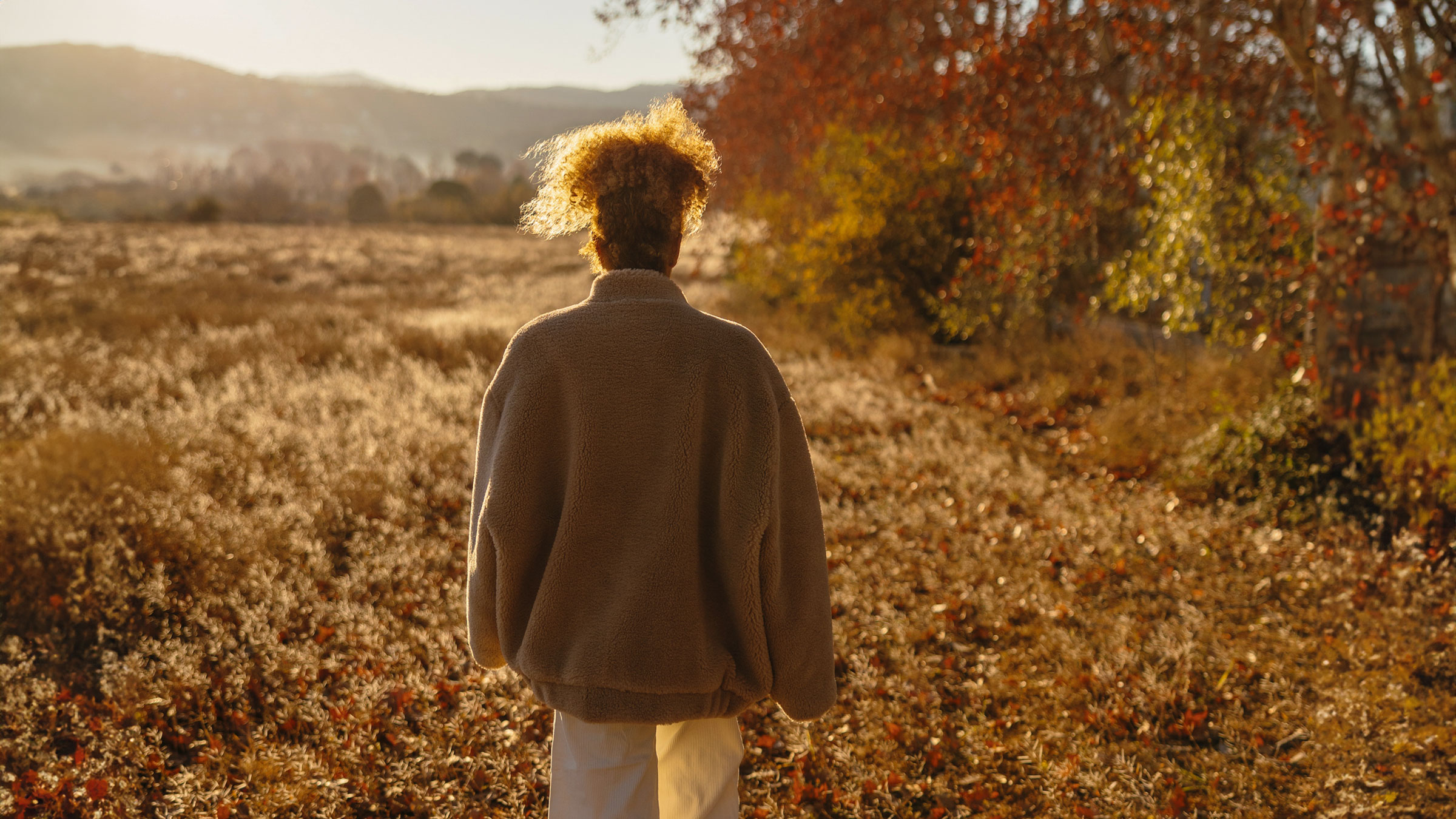Add These Garnishes to Upgrade Your Thanksgiving Dishes
It might seem unnecessary, but a garnish will add a special something to your Thanksgiving plates.


Credit: Natalia Lebedinskaia/Shutterstock
You have a lot to think about on Thanksgiving. I get it. Just delivering the dishes to the table is a feat of engineering, logistics, and emotional resiliency. Small things may fall off the radar, but still, don't send your plates out to the table naked. Garnishing your Thanksgiving plates isn't just pretty—it adds a special something to each dish. (And what is Thanksgiving, if not special?) Here are three easy ways to get a win.
Add some zest
A garnish is a dash or a dot or a zip of something at the end, on the plate that makes the dish pop. It should add some color, some texture and some taste. Yes, it should be edible.

It's just a slice of lemon in a pinwheel. You got this. Credit: Amanda Blum
Citrus has so many things going for it, garnish-wise. It has the rind, which is hard enough to hold structure but contains tons of citrus oil, which smells wonderful, and adds a little pop to a dish when grated (zested) over it. Not only that, but not a lot of foods are the fantastical colors citrus has to play with– lime green, bright orange, sun yellow.
If not grating, use a vegetable peeler to pull off a long coil, and either use it as is on the side or top of a dish, or lay it on a chopping board and cut it into long strips to sprinkle over your dish.
You can sculpt citrus into a plethora of shapes, but that’s a lot of work. Even a lemon wedge is wonderful on a plate, particularly when a dash of lemon juice would be refreshing on top Cut the lemon into wedges, and be sure to pop out any seeds before plating. But also- consider a lime, orange or grapefruit wedge instead for something different.
A solid go-to move is the pinwheel. Cut lemons into ½ inch thick slices, and remove the pits. Make one cut through the radius of the pinwheel, and then spread it apart with your fingers so it rests upright on the plate. You can also use this on the rim of a glass.
Herb-y additions
Short of throwing chopped parsley on top of everything, what else can you really do with herbs? When you have access to fresh herbs, you can use entire sprigs of it on a plate. A turkey on a plate is nice. A turkey surrounded by sprigs of rosemary, thyme, oregano and other herbs is picture-worthy. Just place cut sprigs around the edge of the plate all going in one direction to create a wreath.

Those simple chives make a big impression Credit: Amanda Blum
Individually, herb flowers and leaves can be used really effectively. Thyme flowers are beautiful delicately floating on top of your mashed potatoes and will add a subtle depth to them. Deep-fried sage leaves can be a powerful addition to any mushroom dish—sage and mushrooms go together naturally. If you are making stuffed mushrooms, or anything with a thick filling, stick a few chives in, vertically, for a nice visual impact.
Finish with fancy salt
Fact: Everything benefits from a little salt. And if you choose right, it’s not just delicious, but adds color, crunch, and a nice visual punch of crystals.

five different flaky, seasoned salts Credit: Amanda Blum
The key here is what kind of salt you’re using. Fleur de sel is the gold standard of flaky, gorgeous salt, but you can buy flaky sea salt at the grocery store in the baking aisle. In France, markets frequently have entire stalls of flavored, colored salts—a gorgeous rainbow of options. You can sometimes buy lavender or lemon salt here, but it’s absurdly expensive. Make your own using Claire Lower’s formula, adding any flavor you want to your salt (and color, too). Sprinkle the flaky crystals on top of your dishes right before they head out to the table. Just a light sprinkle is enough; you want to see the crystals, rather than be overwhelmed by them.
It doesn’t take much to think about putting some color, flavor and texture on the plates that go out to the table. The garnish, the period at the end of the sentence, can make the difference between a holiday experience and a boring dinner.

 ShanonG
ShanonG 
































